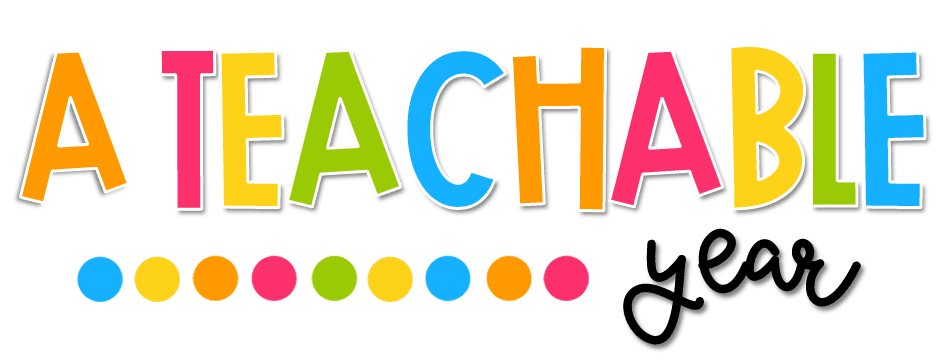Understanding Women's Equality Day
Women's Equality Day marks the passage of the 19th Amendment to the U.S. Constitution, guaranteeing women's right to vote, symbolizing progress in the pursuit of gender equality.
Language Skills and Activities
Vocabulary Enrichment:
Introduce equality-related vocabulary such as rights, suffrage, gender equality, empowerment, and specific terms related to women's rights movements. Use visuals, historical images, or discussions to reinforce vocabulary.
Reading and Comprehension:
Select articles, speeches, or narratives about women's suffrage movements, influential women, or gender equality issues. Conduct reading sessions followed by discussions or comprehension tasks.
Writing Tasks:
Encourage students to write essays on gender equality, biographies of influential women, or reflections on the importance of equal rights. This exercise nurtures language skills and encourages critical thinking.
Empowerment and Gender Rights
Historical Perspectives:
Discuss key figures in the women's suffrage movement, exploring their contributions and the challenges they faced.
Gender Equality Discussions:
Facilitate discussions on gender stereotypes, workplace equality, and the importance of equal opportunities for all.
Interactive Activities
Role-Play Scenarios:
Engage students in role-playing scenarios that highlight gender equality issues, encouraging language use and empathy.
Inspirational Stories:
Have students research and present stories of influential women from diverse backgrounds, promoting cultural understanding and empowerment.
Reflective Discussions
Equal Rights Reflections:
Initiate discussions on the importance of equal rights, inviting students to share personal perspectives and experiences.
Future Goals:
Encourage students to envision a world with gender equality, discussing the steps needed to achieve it.
Teaching about Women's Equality Day in ESL classes offers an insightful exploration of history, equality, and the ongoing pursuit of gender parity. By integrating language exercises, discussions on equality, interactive activities, and reflective conversations, educators can create an engaging lesson that not only enhances language skills but also fosters awareness and empowerment.




No comments
Post a Comment
Thanks for your comment!